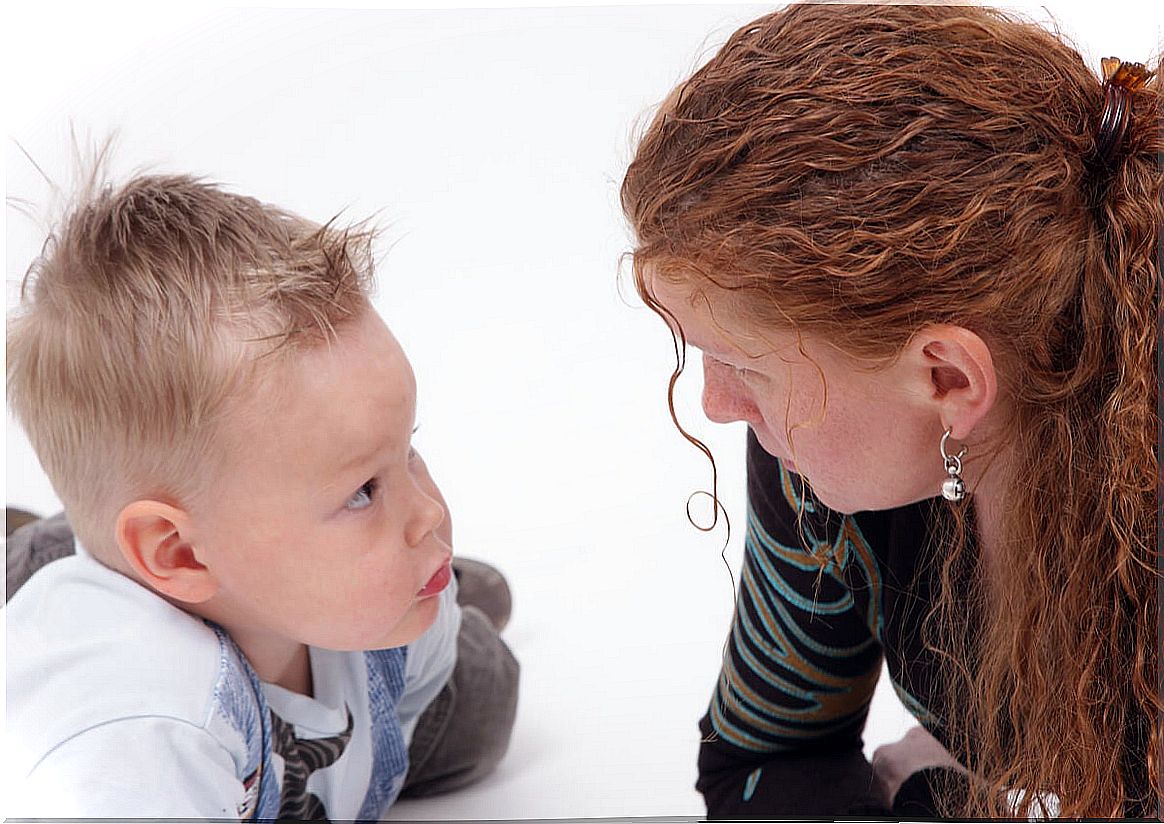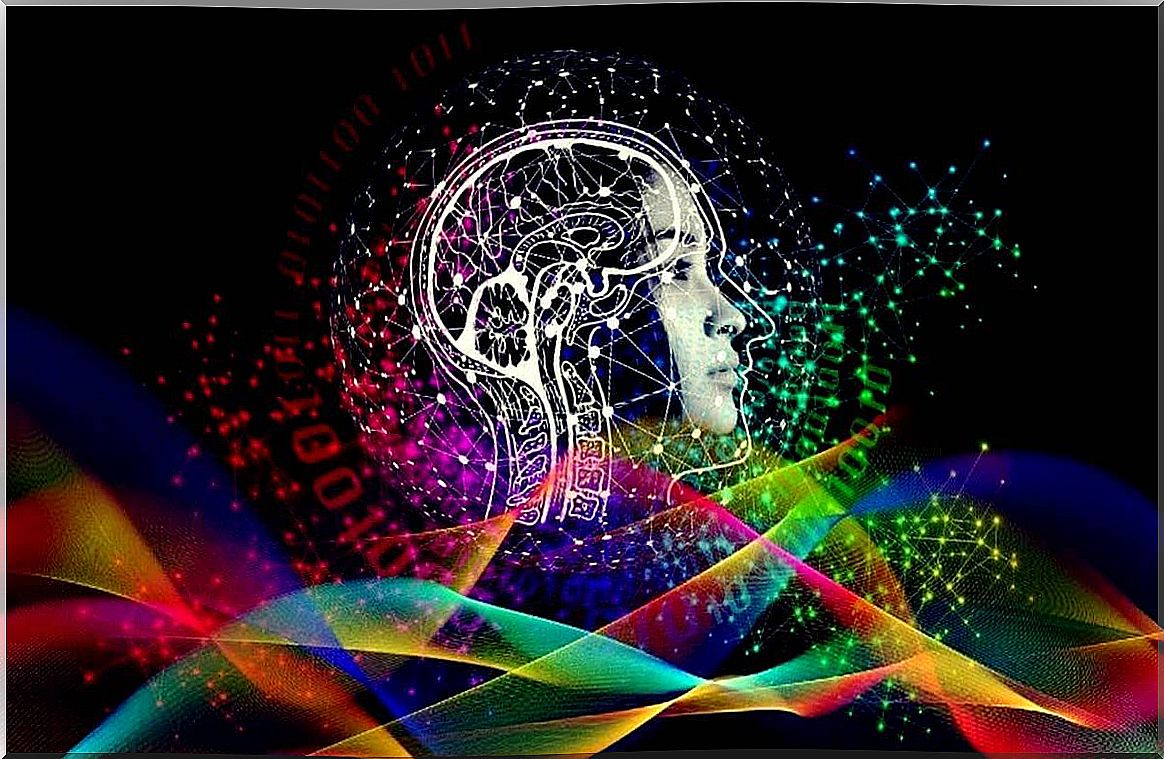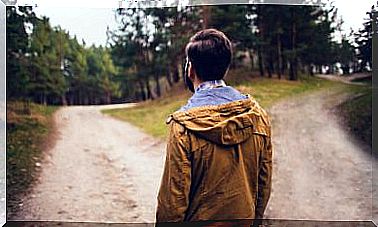Latent Learning: Learning Unconsciously

Have you ever had the feeling that you have learned something without realizing it? It is not magic or some kind of cognitive spell. Latent learning defines those situations in which we unconsciously establish knowledge and without the need for reinforcement. This is a process that animals and humans develop through observation.
Let’s imagine that we make the same car trip for two weeks with a friend going to a new place of work. Later, when we take the car ourselves we are able to follow the same route without the need for GPS.
Let us also think of that child who spends his early years observing his parents’ manners when they are eating at the table. Sooner or later, that little one will acquire those same habits and those same gestures.
You don’t always have to tell us how to do something. Nor is it necessary that they give us rewards or motivate us to acquire a certain behavior. Many times we integrate knowledge and behaviors by mere exposure to the environment that surrounds us.
Understanding how the brain learns is a more than interesting topic.

What is latent learning?
Latent learning defines the knowledge that the unconscious establishes without the need for external rewards. What is striking about this type of competition is that you do not even know that you have learned something specific until the right moment and the specific demand arises to demonstrate that integrated knowledge.
Let’s take an example. We have watched our parents prepare a recipe for much of our childhood and adolescence. One day, when we were alone at home, we ended up preparing that same dish to perfection.
At this point, more than one may think: isn’t this a kind of social learning? Isn’t that how we integrate new information and behaviors, limiting ourselves to seeing (imitating) how others do it? Actually, there are interesting nuances that make it unique. We delve into it.
The person has no intention of acquiring knowledge
This concept was coined by Edward C. Tolman in the early 20th century. He developed this theory after discovering in his laboratory how rats learned to navigate complex mazes without the need for any reward. Sometimes it was enough for them to spend a single day in a maze to return to it a few weeks later and go through it without making mistakes and without needing any reinforcement.
This could later be extrapolated to the human field to demonstrate a number of dimensions:
- Many times people do not have the intention or the will to learn something. We limit ourselves to interacting in our daily media normally. We talk to each other, we watch TV, social networks, we pay attention to what surrounds us, what some do and what others do.
- Nobody teaches us specific things, but the brain learns very specific aspects. These learnings will be put into practice when the time is right and if necessary. It is a latent learning that we can demonstrate or not.
Latent learning in children
We already know that latent learning arises after the retention of certain data by the subconscious without reinforcement or motivation. This is interesting for an obvious fact: we almost always take for granted that children learn more whenever there is some kind of reward. Even if it is the classic verbal reinforcement of “you did very well.”
After Edward C. Tolman enunciated his theory, there was no shortage of research to understand how this competition manifested itself in the little ones.
Thus, works such as those carried out in the 1950s by Dr. Harold W. Stevenson, showed that children showed latent learning and that these were more significant as they grew older.
Therefore, everything that they see, that they hear, that surrounds them and that is part of their daily life is integrated into their mind in a silent and involuntary way. At any given time, they can apply what they have learned unconsciously — good or bad.

We don’t need incentives to learn, we don’t always need dopamine
When it comes to understanding how the brain establishes knowledge, we always talk about the mechanisms of dopamine. This neurotransmitter orchestrates the motivation to learn and, also, the integration of that new information. Now, latent learning opens up a curious exception.
We do not always experience motivation when we establish knowledge, nor is an increase in dopamine necessary in that process. The brain is a social organ that needs to observe and integrate data to survive. It does this automatically and that means that it is always recording data and stimuli without us noticing.
We only need a specific situation to happen, to put into practice that buried knowledge that we do not know we have. It is not magic, it is neuroscience. However, latent learning does not occur in very specific situations: when we drink alcohol or experience high stress. In these conditions, the mind is not receptive to process what surrounds it.









